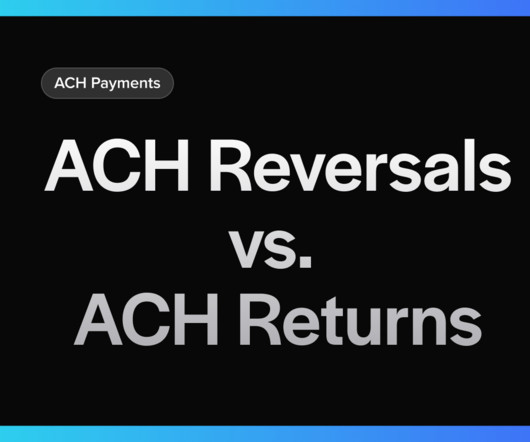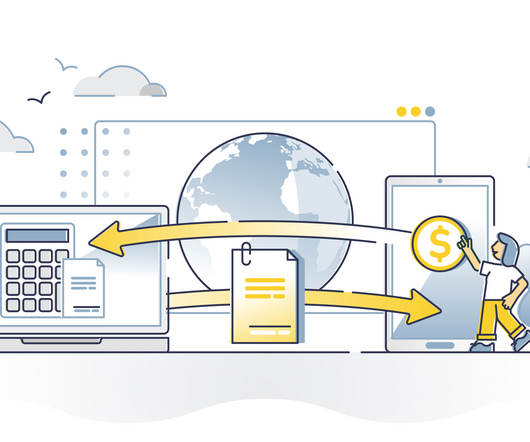What Is an ACH API and How Does It Work?
Stax
JUNE 23, 2025
The operator will send the files to the recipient’s bank, which is called the RDFI (Receiving Depository Financial Institution). You will know if the RDFI has pulled the funds when you receive your payment. This operator forwards the files to the recipient’s bank (RDFI). Q: Can ACH API handle employee payroll?














Let's personalize your content